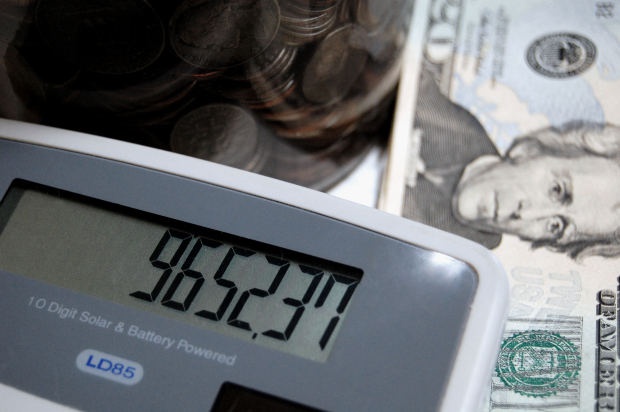Instruction
1
The retail price is depending on supply and demand. Its calculation is conducted of the wholesale price. This is the price at which sellers retailers buy goods at wholesale warehouses or manufacturers. To the original wholesale price you need to add markup. It is calculated taking into account the costs of staff salaries, transportation and packaging of goods and other costs. This also increases expected profit.
2
The composition of retail prices can have different taxes and excise duties on excisable goods. If the goods are excisable, the basis of calculating the retail price is the selling price. It is equal to the value of the wholesale price plus interest on excise goods.
3
The size of trade margins by wholesalers and retailers are set independently, given market conditions. With the exception of drugs and medical devices.
4
Trade allowances can be adjusted. Regulated margins on baby food, for products catering to educational institutions, some of the goods intended for sale in the far North and equivalent territories.
5
In market conditions, retail prices are sometimes do not only depend on wholesale prices, cost of implementation, but also on other factors. First of all, the solvency of customers, from demand (seasonal demand), from the usefulness of the product. All this should be taken into account when formulating retail prices.
6
There are varieties of retail prices. For example, a Commission. They are determined by agreement with the owner of the goods into account and the demand of potential customers. Auction prices are based on maximum demand. But must never fall below the original price, which was appointed by the seller of the goods or a special evaluation Commission. A variety of retail prices are market prices at which sell their products farmers.
